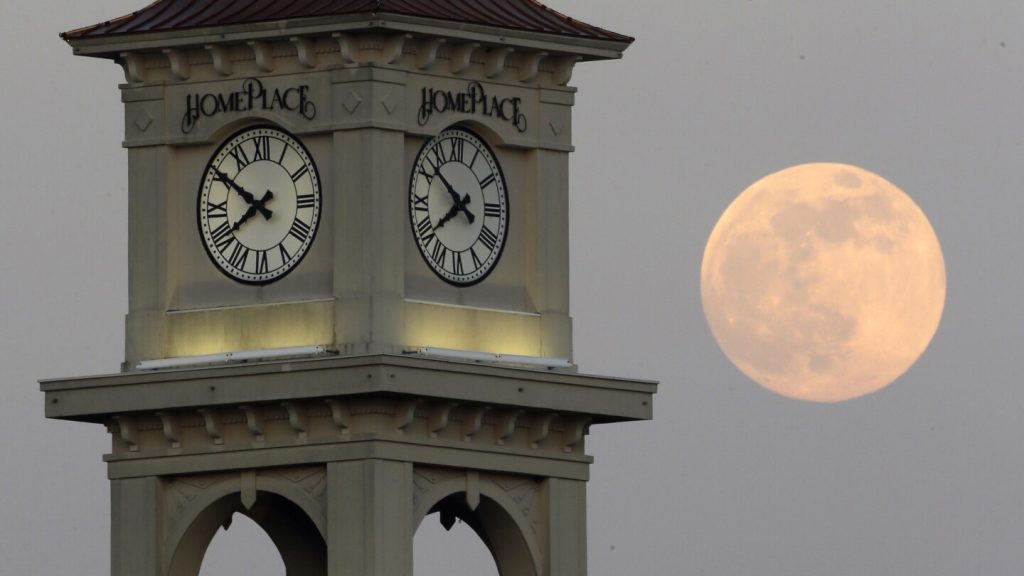NASA is looking to create a new time reference system for the moon, as time moves slightly quicker on the moon due to its lower gravity. The White House has instructed NASA and other U.S. agencies to work with international agencies to develop a moon-centric time reference system. This new system would involve placing an atomic clock on the moon, which would tick at a different rate than clocks on Earth. The goal is to ensure that all operations on the moon are synchronized with its unique time frame.
The importance of precise timing has increased with advances in technology such as GPS, satellites, and complex computer systems. NASA’s top communications and navigation official, Kevin Coggins, highlighted the significance of microseconds when high-tech systems interact. The European Space Agency has advocated for a unified time for the moon, where a day lasts 29.5 Earth days. While the International Space Station will continue to use coordinated universal time (UTC), NASA is tasked with determining when the new space time reference system will be implemented.
Unlike on Earth, the moon will not have daylight saving time, according to Coggins. The White House has set a timeline for NASA to propose a preliminary idea for the new moon-centric time reference system by the end of the year and to finalize the plan by the end of 2026. NASA is working towards sending astronauts around the moon in September 2025 and landing people on the moon a year later. This initiative reflects the ongoing efforts to enhance timekeeping and operational efficiency in space exploration.
The development of a new time reference system for the moon signifies a step towards adapting to the unique conditions of celestial bodies beyond Earth. With the prospect of human missions to the moon and Mars, ensuring accurate timekeeping becomes essential for coordinating activities and communication. The use of an atomic clock on the moon and the establishment of a moon-centric time frame will enable NASA and other agencies to synchronize operations effectively in the lunar environment. The collaboration between international agencies underscores the global nature of space exploration efforts and the need for standardized timekeeping systems across celestial bodies.
As technology continues to advance and human exploration of space expands, the need for precise timekeeping mechanisms on other celestial bodies becomes increasingly important. The implementation of a moon-centric time reference system by NASA and other agencies demonstrates a proactive approach to addressing the challenges of operating in different gravitational environments. By establishing a unique time frame for the moon, astronauts and robotic missions can optimize their activities and ensure the smooth functioning of critical systems. This evolution in timekeeping practices reflects the ongoing innovation and adaptability of space agencies in response to the complexities of space exploration.
Overall, the initiative to create a moon-centric time reference system marks a significant milestone in the quest for enhanced efficiency and coordination in space exploration. By recognizing the variations in timekeeping due to different gravitational conditions, NASA is demonstrating its commitment to advancing technological capabilities and optimizing mission operations. The development of an atomic clock on the moon and the establishment of a distinct time reference system underscore the importance of precision in space missions. As NASA strives to meet the timeline set by the White House and prepare for future lunar missions, the implementation of a moon-centric time frame will play a crucial role in ensuring the success and safety of astronauts and robotic missions on the moon.


